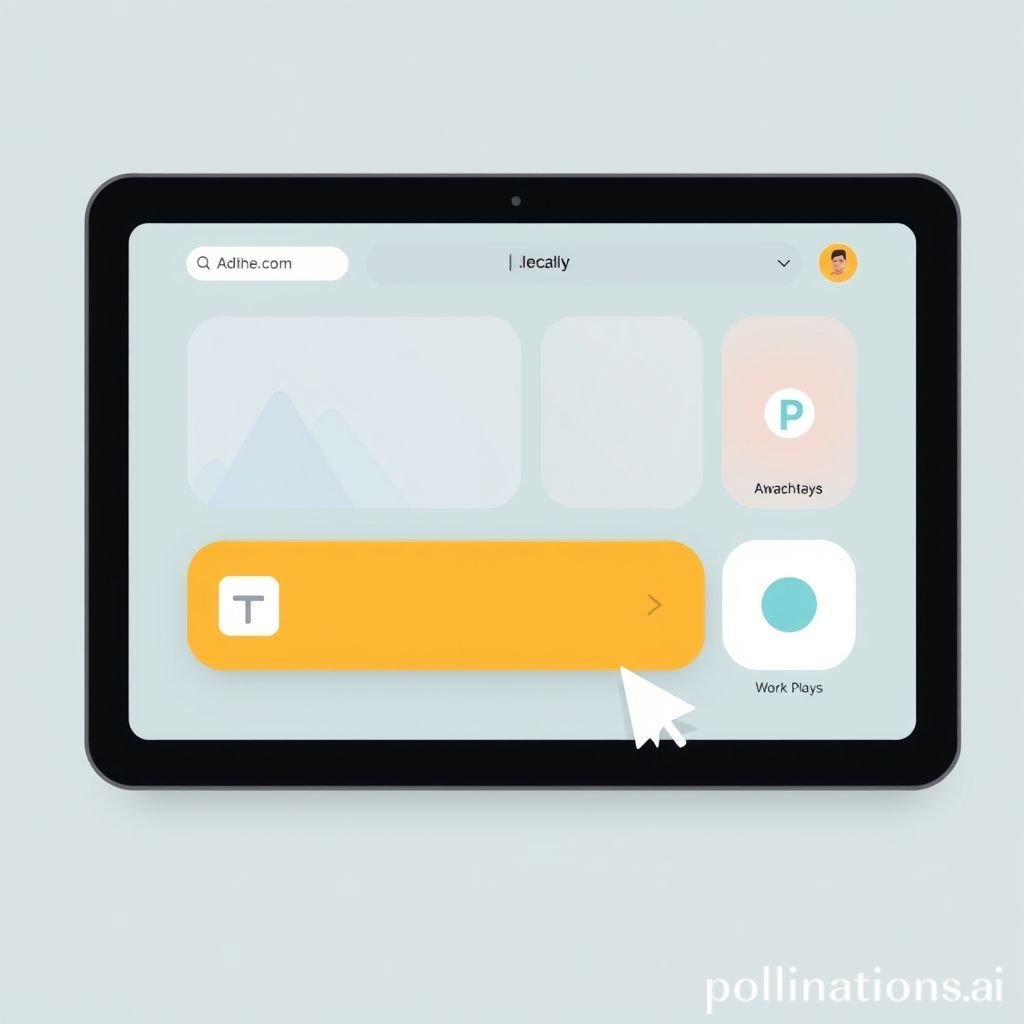Clarity Affirm Chime: Elevating User Experience
A clear, resonant chime can instantly enhance user experience. This simple audio cue provides immediate feedback. It signals completion, success, or important confirmation. Optimizing UI with positive sounds is crucial. A well-placed chime makes interactions feel smooth and intuitive. It guides users through digital environments effectively. Understanding the power of a specific chime is key for designers.
Applications in Media
The chime sound is incredibly versatile. It finds widespread use across various media. From mobile apps to large-scale productions, its utility is evident. A subtle chime can convey much. It often marks moments of success or important transitions. This positive audio effect is universally understood. It creates a reassuring user experience.
Industry-Specific Uses
In gaming, a crisp chime confirms item collection. It might signal a level-up or mission completion. For e-commerce, a soft chime confirms a successful purchase. It provides instant positive feedback. Healthcare applications use a gentle chime for vital alerts. It ensures attention without being alarming. Educational software uses a cheerful chime for correct answers. This reinforces learning and engagement. Every industry benefits from clear audio confirmation. A well-chosen chime improves usability.
Creative Techniques
Beyond simple alerts, a chime can set a mood. It can build anticipation or provide closure. Film and television often use a distinct chime for magical effects. It might signal a transformation or an important reveal. Commercials leverage a unique chime for brand recognition. Think of iconic technology sounds. The right chime becomes memorable. It connects emotionally with the audience. This positive audio element is a design cornerstone. It enhances the overall narrative.
Technical Analysis
Understanding the technical aspects of a chime is vital. This ensures its effective implementation. Each sound has a unique sonic signature. Analyzing these characteristics helps in sound design. It allows for precise sound shaping. This creates the desired user feedback.
Waveform Characteristics
A typical chime often features a short attack. It has a relatively quick decay. The sustain phase is usually minimal. Its sound profile often resembles a bell or metal striking. The initial transient is critical for clarity. It immediately grabs attention. The subsequent decay provides a pleasant, lingering sensation. This brief, clear audio effect delivers instant confirmation. It makes the chime highly effective for UI.

Frequency Profile
The frequency content of a chime is crucial. Most chime sounds reside in the mid to high-frequency range. This helps them cut through background noise. It ensures audibility without being harsh. A well-designed chime avoids overly strong low frequencies. These can muddy the soundscape. High frequencies provide the crispness and sparkle. This makes the chime feel bright and clear. Its precise frequency balance contributes to its positive impact. This clear frequency profile aids in effective UI sound design.
Production Tips
Creating the perfect chime involves careful production. It combines thoughtful recording with precise editing. Attention to detail ensures a high-quality audio effect. These tips help achieve a professional sound.
Recording & Editing
Start with high-quality source material. Real-world bell or glass sounds can be excellent. Record in a quiet environment. This minimizes unwanted noise. Use good microphones for clear capture. Editing involves precise trimming. Remove any dead space or extraneous sounds. Apply gentle equalization to enhance clarity. A slight compression can make the chime more consistent. Noise reduction ensures a clean, crisp sound. This meticulous process crafts an ideal chime for UI.
Software Tools
Digital audio workstations (DAWs) are essential. Pro Tools, Logic Pro, and Ableton Live are popular choices. They offer robust editing capabilities. Plugins like EQ, reverb, and delay are very useful. Reverb can add a sense of space to the chime. Delay can create interesting trailing effects. Mastering tools help optimize volume levels. Ensure the chime is audible but not overpowering. Specialized sound design tools can also sculpt unique chime variations. For professional sound effects, consider resources like Pro Sound Effects.
Creative Implementation
Beyond basic playback, creative implementation elevates a chime. How it interacts with other sounds matters. Strategic layering and spatial effects enrich the user experience. These techniques add depth and nuance.
Layering Methods
Layering different chime sounds adds complexity. Combine a short, sharp initial strike. Add a longer, softer decay for resonance. This creates a richer, more satisfying audio effect. You can also layer different materials. A metallic chime with a glass chime offers a unique texture. Ensure phase coherence when layering. This prevents audio cancellation. Properly layered, a chime becomes more engaging. It delivers a superior confirmation signal. Related chime sounds can inspire layering ideas.
Spatial Effects
Spatial effects position the chime in a virtual space. Panning moves the sound left or right. This can indicate direction of action. Reverb and delay create a sense of depth. A dry chime feels immediate and direct. A slightly reverberant chime feels more ambient. It can indicate a larger digital environment. Careful use of stereo widening enhances immersion. This makes the chime feel more enveloping. Spatialization adds realism and feedback to the UI.
Sound Pack Integration
Integrating a chime with other sounds is key. It ensures a cohesive audio experience. A sound pack provides a unified collection. These sounds are designed to work together.
Using with Other Sounds
A standalone chime is effective. However, it often combines with other UI elements. Pair a chime with a soft whoosh for transitions. Use it with a gentle tap for button presses. For example, the UI Confirm Tap might precede a chime. Ensure volume levels are balanced. The chime should be prominent but not jarring. Consistency in sound design maintains a polished feel. All elements should complement each other. This creates a seamless and positive user journey.
Complete Collection
A single chime offers great value. Yet, a full sound pack provides extensive options. These packs offer variations in tone and texture. They include related sounds for various UI actions. Building a complete audio library is a smart move. It offers flexibility for diverse projects. Accessing a comprehensive collection simplifies sound design. It ensures you have the perfect chime for every scenario. Get the full sound pack for comprehensive audio solutions.
Conclusion
The humble chime holds immense power. It significantly enhances user experience. A well-designed chime provides crucial feedback. It signals success and offers positive confirmation. From technical characteristics to creative implementation, every detail matters. Integrating a clear, affirming chime enriches digital interactions. It creates a seamless and intuitive user journey. Embrace the power of this simple, yet impactful, audio cue.
FAQ Section
Q1: What makes a good UI confirmation chime? A good UI confirmation chime is clear, distinct, and positive. It should be short, memorable, and convey a sense of success. Its frequency profile helps it cut through other sounds, ensuring effective confirmation.
Q2: How important is the volume of a chime in UI design? The volume of a chime is very important. It should be loud enough to be heard clearly but not so loud it startles the user. Proper volume ensures the chime provides useful feedback without being intrusive.
Q3: Can a chime be used for negative feedback? While a chime typically conveys positive feedback and success, variations can signal errors. However, a different, less pleasant sound or a specific type of chime is usually better for negative confirmation. Most chime sounds are designed for positive reinforcement.
Q4: Where can I find high-quality chime sounds for my projects? You can find high-quality chime sounds from professional sound libraries. Websites like Pro Sound Effects offer extensive collections. Many sound packs also include a variety of UI confirmation sounds.
Q5: How does a chime contribute to user satisfaction? A well-placed chime contributes to user satisfaction by providing immediate, clear feedback. This positive confirmation reduces uncertainty and makes interactions feel more rewarding. It signals a job well done, fostering a sense of success and accomplishment.





